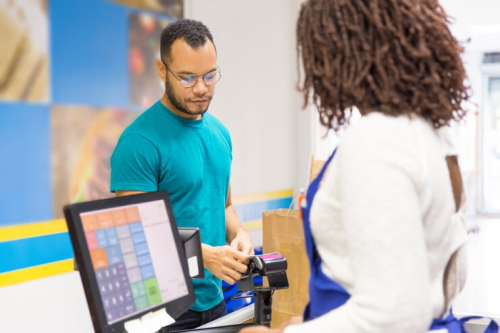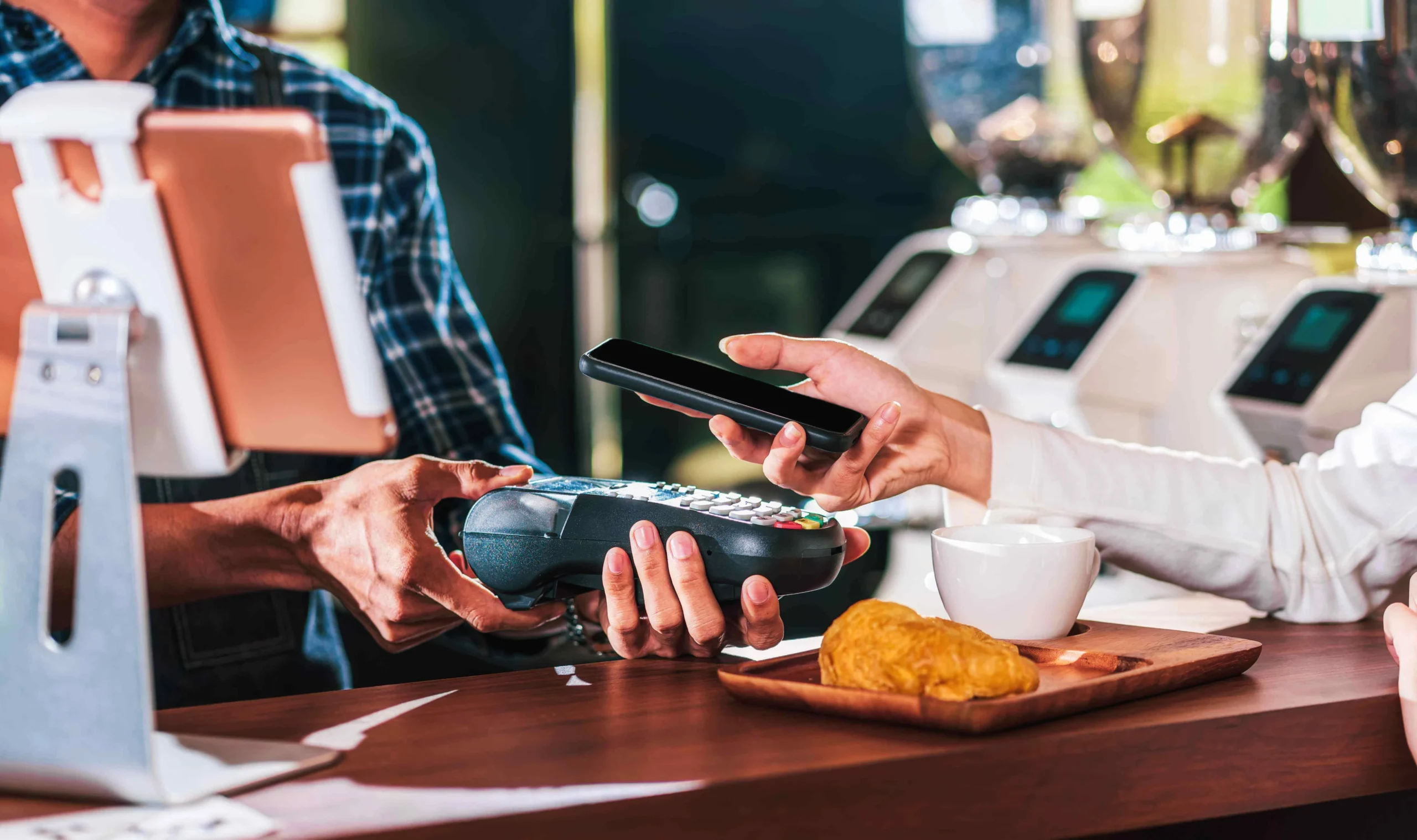A reliable point-of-sale (POS) system is the heartbeat of operations. Gone are the days of clunky cash registers and on-premise servers. Today, cloud-based POS systems are transforming the industry, offering flexibility, real-time insights, and seamless customer experiences. With the global cloud POS market valued at $5.11 billion in 2024 and projected to reach $25.21 billion by 2033, growing at a compound annual growth rate (CAGR) of 18.43%, the stakes for choosing the right system have never been higher. But with countless options available, how do restaurant owners select a POS that not only meets today’s needs but also future-proofs their business? This guide breaks down the essentials, from must-have features to potential pitfalls, to help you make an informed decision.
Why Cloud POS Is Revolutionizing Restaurants
Unlike traditional systems reliant on bulky hardware, cloud POS systems store data on remote servers, accessible anywhere with an internet connection. This shift has reshaped hospitality, enabling restaurants to keep pace with the demands of online ordering, delivery platforms, and contactless payments. According to industry insights, the global cloud POS market, valued at $6.19 billion in 2024, is expected to surge to $45.20 billion by 2033, driven by a robust CAGR of 24.7%. The driving force? Restaurants are replacing outdated legacy systems with mobile devices running advanced POS software, creating a command center for operations.
North America leads this transformation, fueled by widespread adoption of digital payment methods and a strong technological infrastructure. The rise of cloud POS reflects a broader trend: restaurants are prioritizing agility and data-driven decision-making to stay competitive. Whether it’s a bustling fast-casual chain or a cozy neighborhood bistro, cloud POS systems empower businesses to streamline operations, enhance guest experiences, and adapt to evolving consumer expectations.
Key Features to Demand in a Cloud POS
Choosing a cloud POS system requires a clear focus on features that align with your restaurant’s needs. The best systems combine core functionality with innovative tools to drive efficiency and growth. Here are the non-negotiables:
- Inventory Management: Real-time tracking across multiple locations prevents stockouts and minimizes waste. A robust system alerts managers to low inventory before peak hours, ensuring smooth service.
- Labor Tracking: Integrated scheduling and compliance tools simplify workforce management, especially for restaurants operating in multiple states with varying labor laws.
- Multi-Device Support: From tablets to self-service kiosks, a versatile POS should function seamlessly across devices. The global cloud POS market, valued at $4.7 billion in 2023, is growing at a CAGR of 18.2%, partly due to demand for device-agnostic solutions.
- Offline Reliability: Internet disruptions are inevitable. A dependable POS continues processing transactions offline and syncs data once connectivity is restored.
- Advanced Analytics: Detailed reports on sales trends, customer preferences, and peak hours enable smarter decisions. For example, identifying underperforming menu items can optimize offerings and boost profitability.
- Seamless Integrations: Open APIs allow the POS to connect with accounting software, customer relationship management (CRM) tools, and delivery platforms like DoorDash or Uber Eats, reducing manual tasks and errors.
Beyond these essentials, the integration of artificial intelligence (AI) and machine learning (ML) is redefining POS capabilities. AI-driven systems can predict inventory needs, analyze customer behavior, and suggest upselling opportunities, enabling restaurants to operate smarter and deliver personalized guest experiences.
Real-World Success Stories
The impact of a well-chosen cloud POS is tangible. Consider a fast-casual taco chain with five locations. Previously plagued by inconsistent inventory and fragmented data, they adopted a cloud POS that centralized operations. Managers gained access to a unified dashboard for sales and stock, improving efficiency. However, the transition required extensive staff training, underscoring the importance of team buy-in for successful adoption.
Similarly, a family-owned bistro leveraged their cloud POS to integrate with a loyalty program and local SEO tools. By using purchase history to offer personalized promotions, they increased customer retention. Yet, they faced challenges when their system’s offline mode failed during a power outage, highlighting the need to thoroughly test offline functionality before committing to a vendor.
A franchise operator offers another example. By using their POS’s labor analytics, they optimized staffing schedules without compromising service quality. Their key takeaway? Prioritize vendors with reliable support and a proven track record of uptime, as these factors are as critical as the features themselves.
Pitfalls to Avoid
While cloud POS systems offer transformative benefits, they come with potential risks that require careful consideration. Data security is paramount. With cyber threats on the rise, systems must provide encryption, fraud protection, and compliance with standards like PCI and GDPR. In the U.S., enhanced security features are a major driver of cloud POS adoption, particularly for small and medium-sized businesses (SMBs), as noted in industry analysis.
Cost is another concern. While cloud systems eliminate the need for expensive on-premise hardware, recurring licensing fees, add-ons, and hardware upgrades can add up. Some vendors charge extra for essential features, so scrutinizing contracts is crucial. Integration challenges also pose risks. A POS that doesn’t integrate smoothly with existing accounting software or delivery platforms can lead to inefficiencies or costly workarounds.
Finally, the human element cannot be overlooked. Staff accustomed to legacy systems may resist change, and training can strain busy schedules. Opt for a POS with an intuitive interface to minimize the learning curve, and allocate sufficient time for onboarding to ensure a smooth transition.
The Rewards of Getting It Right
A well-implemented cloud POS can revolutionize your restaurant. Centralized control enables multi-location operators to monitor performance in real time, identifying trends and addressing issues proactively. Compared to on-premise systems, cloud POS reduces downtime and eliminates the need for costly IT interventions. Customers benefit from faster service, tailored offers, and seamless digital payments, creating memorable dining experiences that drive loyalty.
Scalability is a major advantage. Whether you’re expanding to a new location, launching a ghost kitchen, or exploring catering, a cloud POS adapts to your growth. During disruptions such as sudden menu changes or new health regulations the system’s flexibility ensures you remain agile. As contactless payments and digital wallets become standard, a POS that supports omnichannel transactions is no longer a luxury but a necessity.
Looking Ahead: Choosing a Long-Term Partner
Selecting a cloud POS is not just about picking a product it’s about choosing a partner that aligns with your restaurant’s vision. Conduct pilot programs to evaluate usability and vendor support. Ask critical questions: How seamless are integrations? Who owns the data? What’s the roadmap for emerging features like AI or voice-activated terminals? Industry experts emphasize that clarity on these points distinguishes exceptional vendors from mediocre ones.
The future of cloud POS is promising. AI-powered systems are already optimizing inventory and tailoring menu suggestions based on external factors like weather or local events. Voice-activated terminals and predictive analytics are on the horizon, poised to further streamline operations. However, the best system is one that fits your restaurant’s unique workflow and goals.
Take your time to research. The numbers speak for themselves: a $25.21 billion market by 2033, with North America at the forefront. Consult peers, test systems thoroughly, and trust your instincts. The right cloud POS is more than a tool it’s the foundation of a smarter, more connected restaurant. Choose wisely, and your business will thrive in an increasingly digital world.
Market Insight: The global cloud POS market is on a steep growth trajectory, driven by the shift to digital payments, demand for real-time analytics, and the need for scalable, secure solutions. With North America leading adoption, restaurants worldwide are embracing cloud technology to stay ahead.
Disclaimer: The above helpful resources content contains personal opinions and experiences. The information provided is for general knowledge and does not constitute professional advice.
You may also be interested in: Top Pizza POS Systems 2025: Pros and Cons
Scattered systems and manual processes erode your restaurant’s margins daily. Milagro unifies POS, digital menus, online ordering, staffing, loyalty, and AI-powered marketing into one platform, slashing costs and enhancing guest loyalty. Reclaim control over operations and drive revenue growth. Streamline your workflow and elevate profitability. Schedule your Milagro demo today!
Powered by flareAI.






